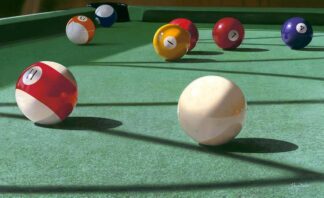
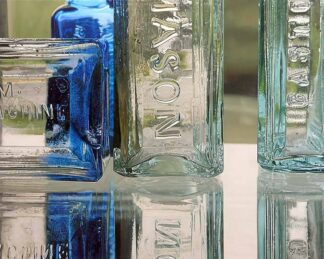
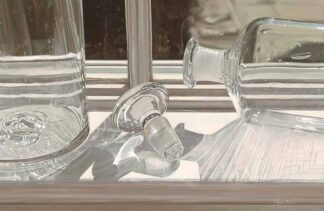
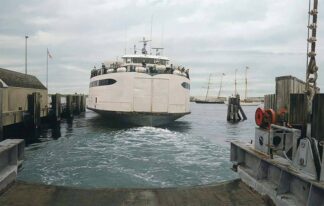
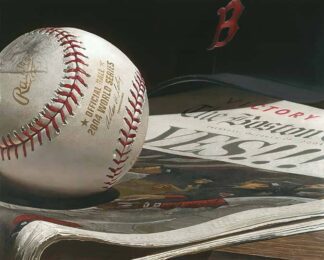
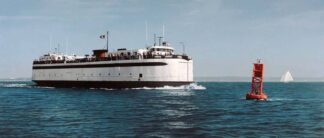

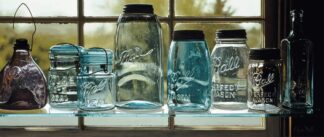
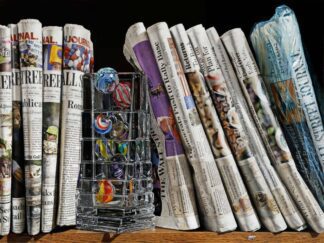
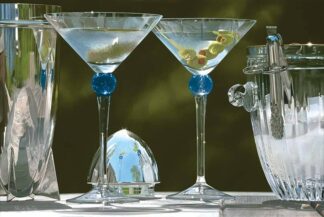
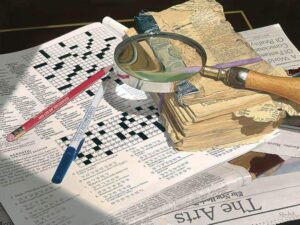
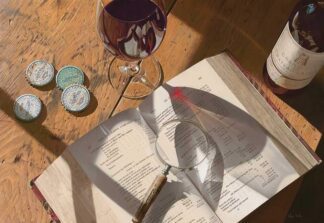



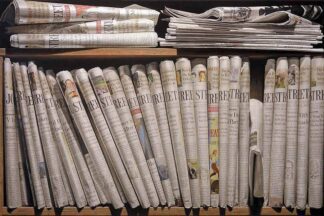

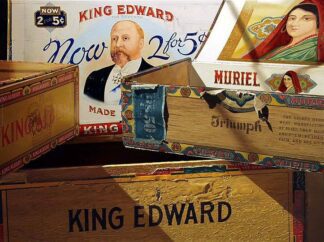
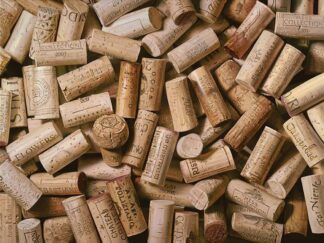

Giclée – Pronounced “zhee-clay” is French for “that which is sprayed,” is the term commonly used for the world’s most advanced digital fine art printmaking processes. Giclée prints can be original art works generated with a computer, multiple originals based on art work (created with or without a computer) made with the giclée process in mind, or high quality reproductions of original art work.
Most of the country’s giclée machines, including four of the six operated by Hunter Editions (where ours are printed), are manufactured by the Massachusetts-based Iris Graphics, and are capable of reproducing paintings, photographs and illustrations with astounding accuracy. Iris giclée printers use saturated, water-based archival inks to produce a combination of 512 chromatic changes, with more than three million possible colors. Prints can be made on most absorbent media, from paper and canvas to silk and leather, on sizes up to 35 x 47 inches. Iris giclée prints boast an apparent 1800 d.p.i. (dots per inch) visual resolution with no “digital signature,” a level of clarity such that even artists can have a hard time telling the original from the copy.
Also in use at Hunter Editions are the Roland giclée printers, which they use primarily for canvas and photobase printing. The Roland printers use six highly stable color pigments, compared to four color dyes used by the Iris giclée printer, offering permanence characteristics of 100+ years and an extended tonal range. Using roll stock, the Roland printers can produce prints up to 52″ x 180″.
These giclées are printed on 17 ml, 10.4 oz polyester/cotton blend canvas using archival pigmented inks with a UV protective water-based coating.
These paper giclées are printed on William Turner watercolor paper, 310 gram weight, 100% archival rag, using Roland pigmented inks.
Hunter Editions is where we get our reproductions printed, and once they have determined – with Steve’s help – the inks, paper, size and quantity that best suit our artistic and sales goals, the printmaking process can begin.
Typically, they begin with either a direct digital capture of an original work of art or a digital scan of a high quality transparency (slide) of the work. The image is downloaded onto a computer, and brought up on a high-resolution monitor. Using sophisticated graphics software, they crop, size, adjust softening and highlighting, fine-tune color, or possibly manipulate all or parts of an image. A series of proofs is created to help fine-tune the image in preparation for the final printing. Clients are welcome to work with us on-site during the pre-press processes, or let us do the work and send you the proofs.
To print an Iris giclée, the paper or other substrate is wrapped around a large drum in the printer, and the digital file containing the final version of the print is sent to the computer controlling the printer. As the drum rotates at a very high speed, four nozzles traverse across it, delivering highly controlled micro-bursts of ink to the paper surface. The process for a single print is complete in 45-60 minutes.
Giclée printing on the Roland printers begins by loading a roll of paper or canvas on the machine. The digital file containing your final approved pre-press version is processed by the system’s computer, controlling six heads each spraying a pigmented ink. The heads traverse back and forth across the width of the paper as it slowly moves through the printer at a rate of about one inch per minute.
Canvas prints are framed in a Black Floater Frame which is standard 1″ deep with a reveal and is overall 1-3/8″ tall.
They are stretched on Finger Jointed poplar hardwood; 3/4″ deep stretcher bars.
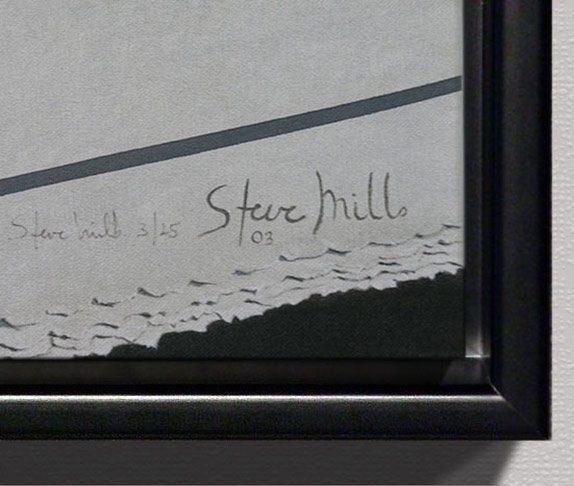
Floater frame is displayed here using “Puzzling Times” giclée.
This also shows how the limited editions are signed and numbered.
The print is framed in a Dark Mahogany Gallery Cap Frame 1.25″ tall with a .75″ wide/face and is matted using Acid Free 8ply White Matting.
It is backed with a 3/16″ Acid free foam-board and the print is attached using Conservation Acid Free Linen mounting tape
The print is then protected by a 1/8″ (3mm) UV Filtering Acrylic Sheet OP3/UF-5 which protects the print from both natural and artificial light. It filters out 98% of damaging UV rays, protecting paper artwork, prints, and documents from fading, yellowing, and brittling.
OP-3 acrylic sheet is light weight, has superior impact resistance and is an ideal choice for framing articles of value.
You must NOT use glass cleaner on this! Use a light-weight lint free cloth and rub the surface. Stubborn ‘smudges’ etc. can be wiped down with a slightly damp cloth. Let dry and rub again with the lint free cloth.